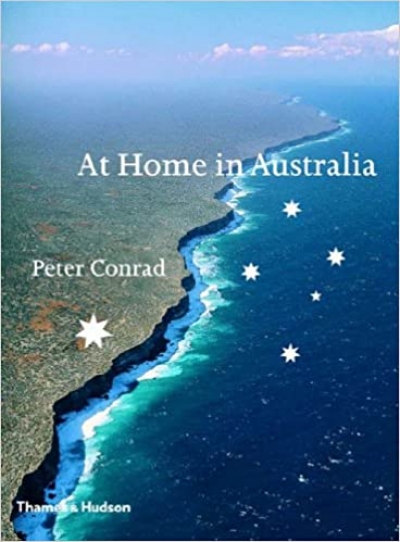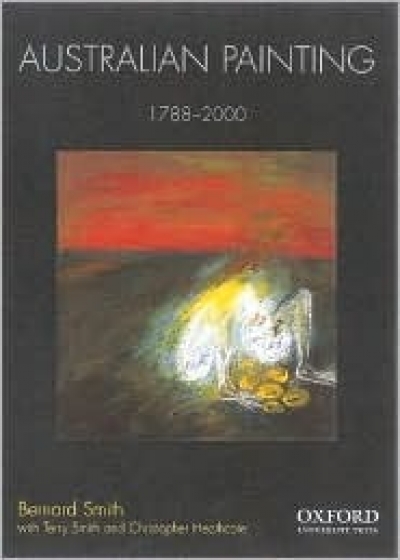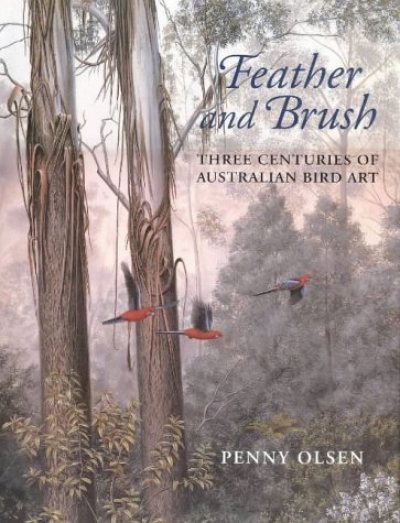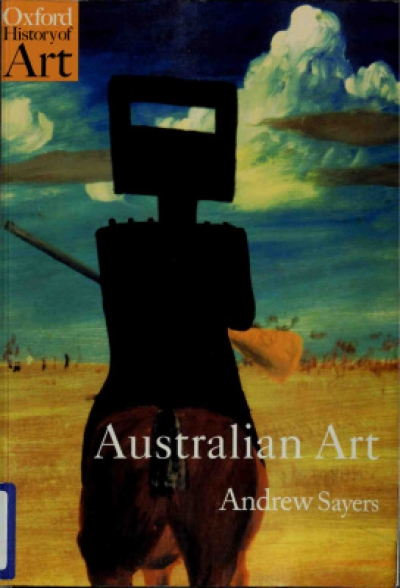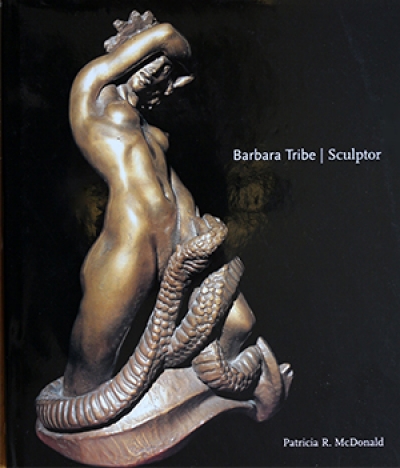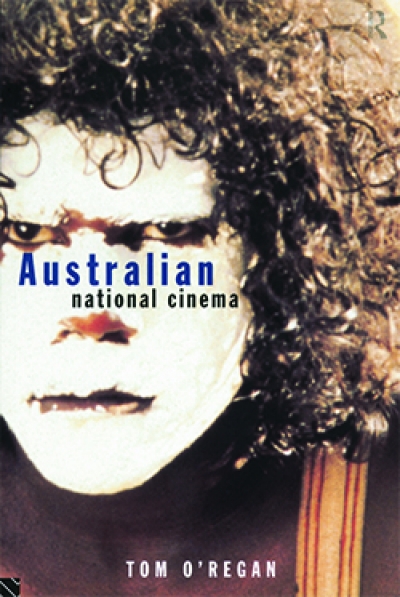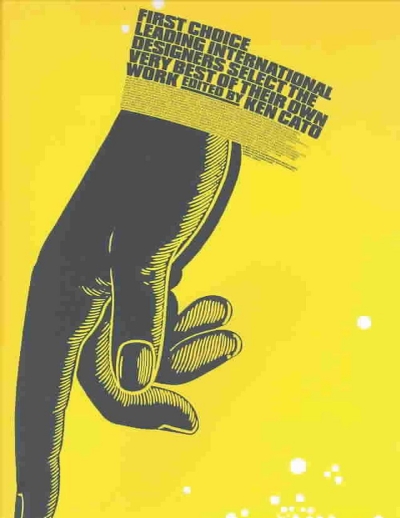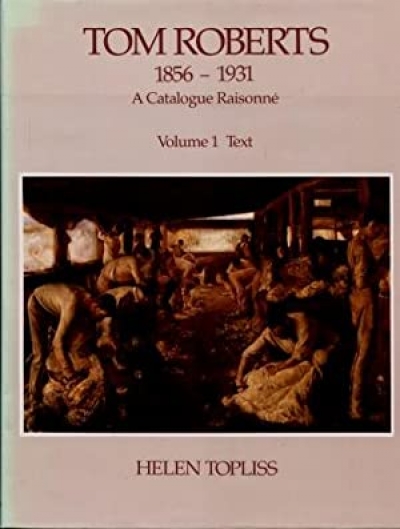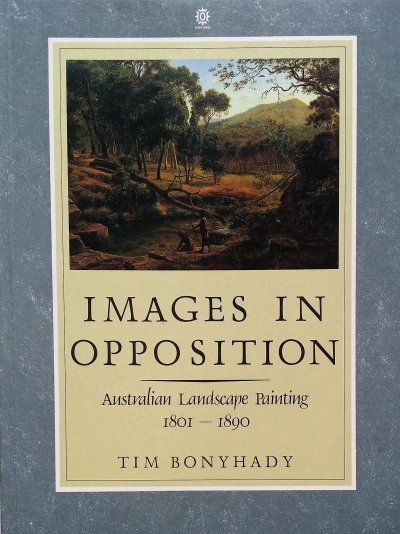Arts
We’ve been hectored by Miss Greer and savaged by Mr Hughes, but, like Goldilocks with the three bears’ bowls of porridge, Mr Conrad loves us just right. His book At Home in Australia is a collaboration between the National Gallery of Australia and Thames & Hudson, and more particularly between himself and Gael Newton, the gallery’s Senior Curator of Photography, who rang him in London with an invitation to write a book about the gallery’s photography collection.
... (read more)Australian Painting 1788–2000 by Bernard Smith, with Terry Smith and Christopher Heathcote
Feather and Brush: Three centuries of Australian bird art by Penny Olsen
We should no longer marvel at the way art historians are forever finding yet another woman artist to rescue from undeserved obscurity. With Patricia R. McDonald’s tribute to Barbara Tribe we have the work of this eclectic Australian sculptor finally validated in a handsomely produced monograph.
... (read more)The Australian Bicentennial Arts Program has been documented in a collection of review articles recently published by Mead and Beckett. It is a record not only of the wide range of arts activities throughout the year but also of some of the issues which confronted the artists involved.
No, it is not an Aborigine on the front of the Australian Bicentennial Authority’s 1988 Reviews (edited by Sarah Overton). It is Mamadou Dioume as Bhima in Brook’s Mahabharata. And don’t be misled by the Aboriginal colours in a contemporary-primitive motif that hovers in the foreground about the title. The essential problem is, evidently, to appear respectable while affirming a vanquished culture (is there a preferable word?) within an imperial medium.
... (read more)
